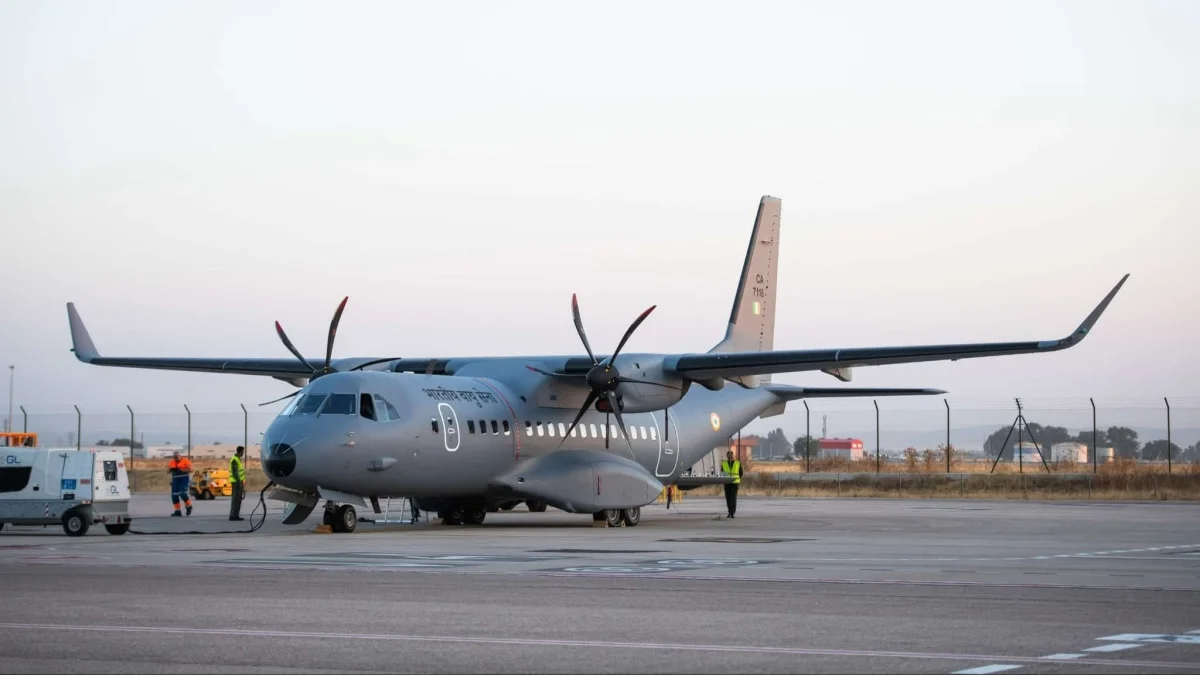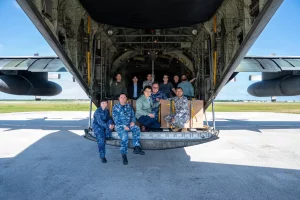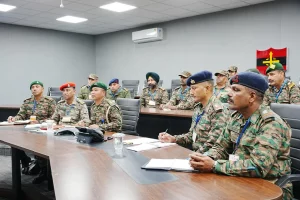In a major enhancement of its tactical airlift capabilities, the Indian Air Force has received the final C295 transport aircraft, marking the completion of the initial procurement phase from Airbus Defence and Space’s facility in Seville, Spain. This milestone not only wraps up the delivery of all 16 aircraft ordered but also signifies a strategic shift towards local production as the project transitions into the next phase under India’s Make in India initiative.
The C295 aircraft is designed to replace the outdated Avro-748 fleet, offering versatility for various missions including troop transport, cargo airlift, special operations, and humanitarian assistance. With the successful delivery of all 16 units, the program is set to advance with local manufacturing efforts.
The focus now moves to a final assembly line being established in Vadodara, Gujarat, by Tata Advanced Systems Limited in collaboration with Airbus. This facility will mark a pioneering step as the first private-sector aircraft manufacturing project of its nature in India and is scheduled to produce its first C295 by September 2026.
At the Vadodara plant, assembly, integration, and testing of the remaining 40 aircraft will take place, with crucial components like fuselages, empennages, and wings set to be manufactured domestically. This initiative represents a significant progression towards India’s self-reliance in aerospace manufacturing and technology.
The involvement of over 125 Indian micro, small, and medium enterprises (MSMEs) in the C295 supply chain showcases a robust ecosystem being developed around this project. Airbus and Tata are working to create a thorough supply chain and maintenance infrastructure that will not only support Indian operations but will also prepare for potential export opportunities in the future. This initiative is anticipated to create thousands of skilled jobs while facilitating major technology transfer and bolstering India’s defense industrial capabilities.
As domestic production begins, the C295 program stands as a landmark example of collaborative defense manufacturing, aligning closely with India’s broader strategic objectives of operational readiness and self-reliance.



















